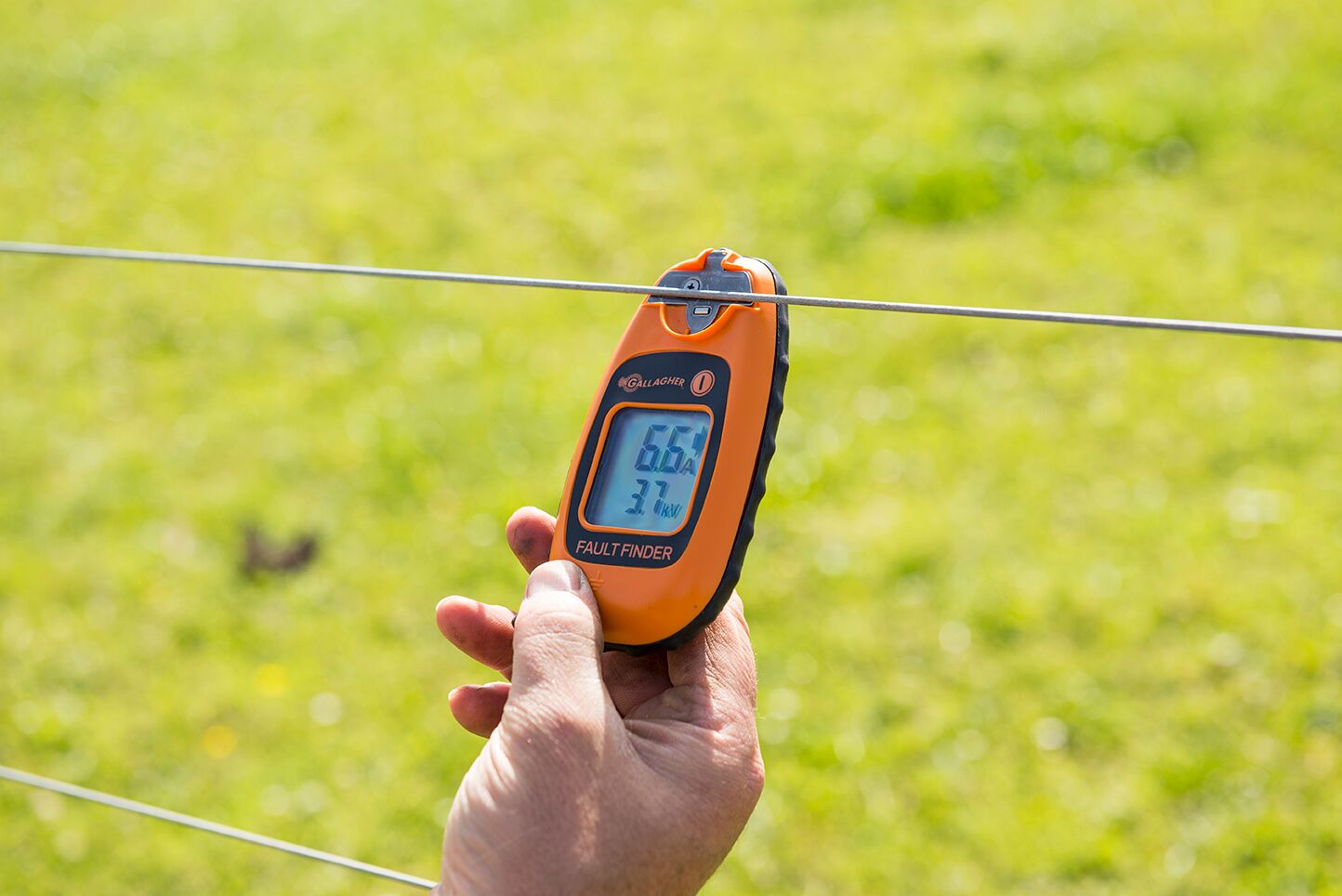The basics of earthing your electric fence
Saturday, 01 January, 2022

The Earthing System
The earthing system refers to the galvanized metal stakes that are placed in the earth near the energizer. The metal stakes in the ground are part of the circuit that is completed when the animal touches the wire. The completion of the circuit is what allows the animal to get a shock. The energizers earthing system must be as conductive as possible for the fence to give the animal an effective shock.
Follow the recommendation below to get the maximum benefit. When in doubt, add more earth stakes. The number of earth stakes will vary depending on the power of the energizer and the soil type. High powered energizers need more earth stakes than low powered energizers. Dry, sandy, rocky or frozen soil will require more earth stakes than wet soils.
Energizer Size
- Up to 15 Joules – 3 stakes minimum
- Up to 25 Joules – 5 stakes minimum
- Up to 35 Joules – 7 stakes minimum
The 4-3-2-1 rule for earth stakes when installing permanent fencing:
4 metres between earth stakes
3 earth stakes minimum*
2 metres minimum length of earth stakes
1 wire connecting all earth stakes to Energizer earth terminal
*As a rule of thumb, use at least 3 earth stakes or the Energizer Stored Joules rating divided by 5.
Do
- Keep energizer earth system at least 10m (33ft) away from other electrical earth connections
- Keep energizer earth system at least 10m (33ft) away from any metal pipes carrying water.
- Use galvanized earth stakes. Rusty or corroded earth stakes will not be effective
- Locate Stakes where soil tends to stay moist, south sides of buildings (southern hemisphere) and low spots
- Use high conductive cable for connecting the Energizer to the fence’s earth system
- When constructing positive/negative fences, re-earth negative wires every 500m by installing an earth stake at that location
Don’t
- Allow bare wires to touch an iron clad building - use double insulated cable.
- Do not use rebar steel for earth stakes
- Do not use copper lead-out wire or copper earth stakes.
- Place near fertilizer, animal urine and manure (corrosion)
- Place your earth stakes where they are likely to be hit by equipment
Main causes of a poor earth system are
- Rusty or corroded earth stakes
- Broken earth wire connecting the stakes
- Not enough earth stakes
- Earth stakes too close together or too short
- Poor connections at the stake or in the connecting wire